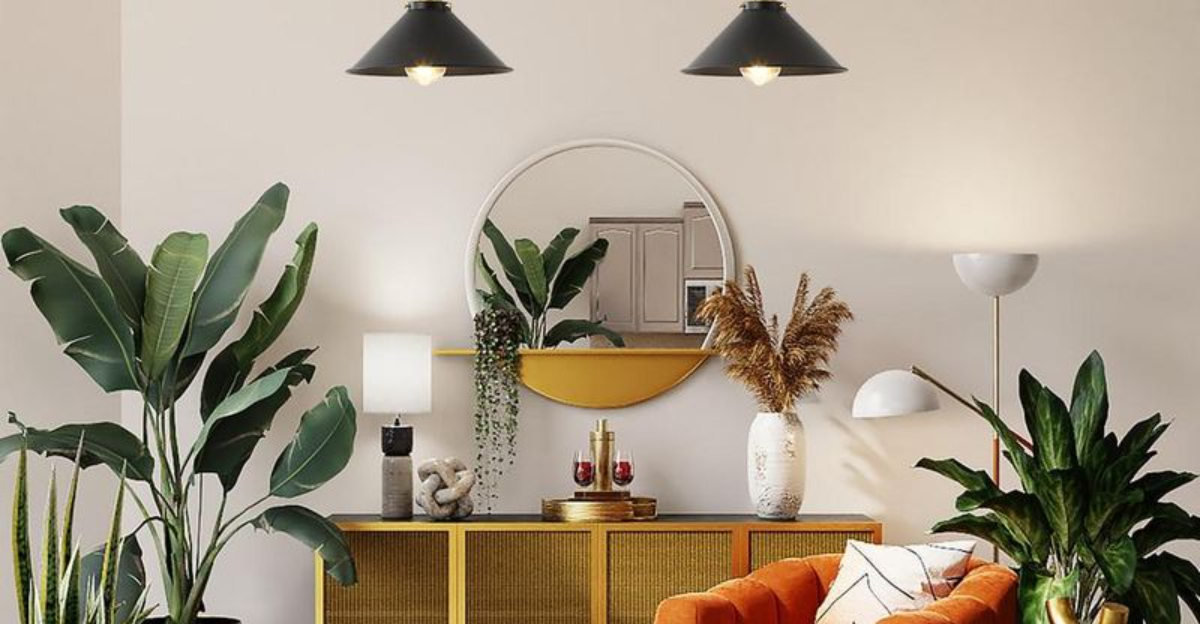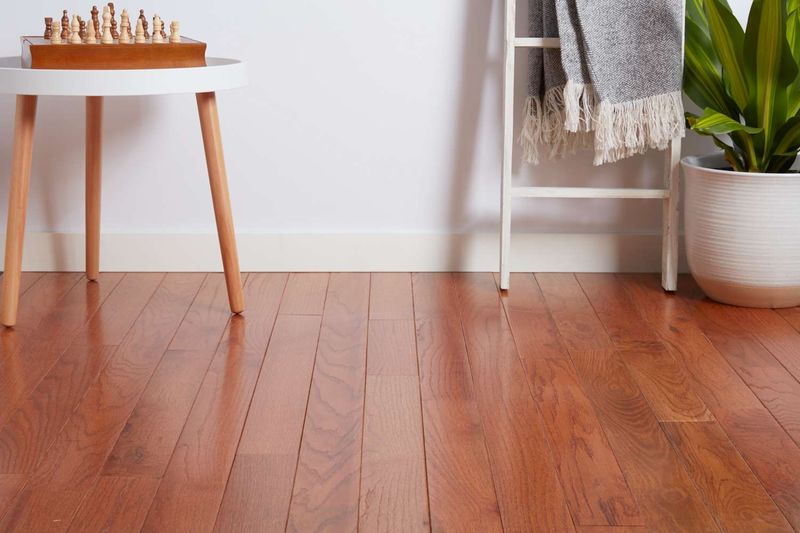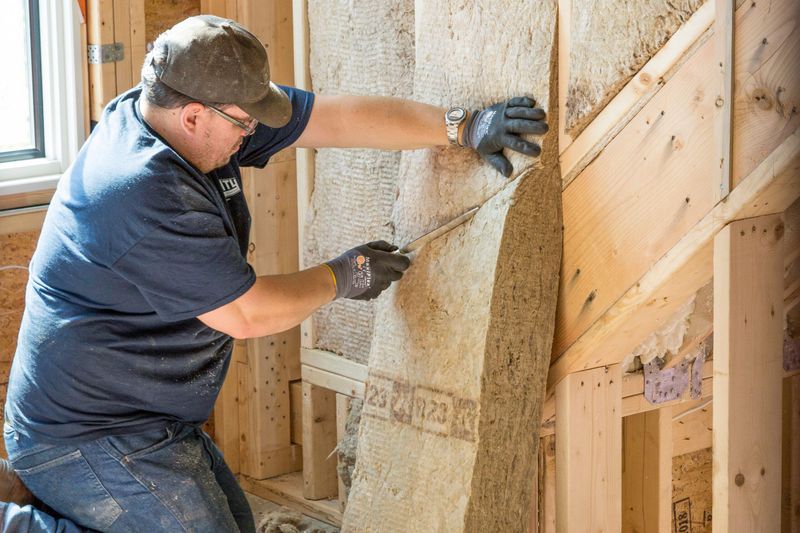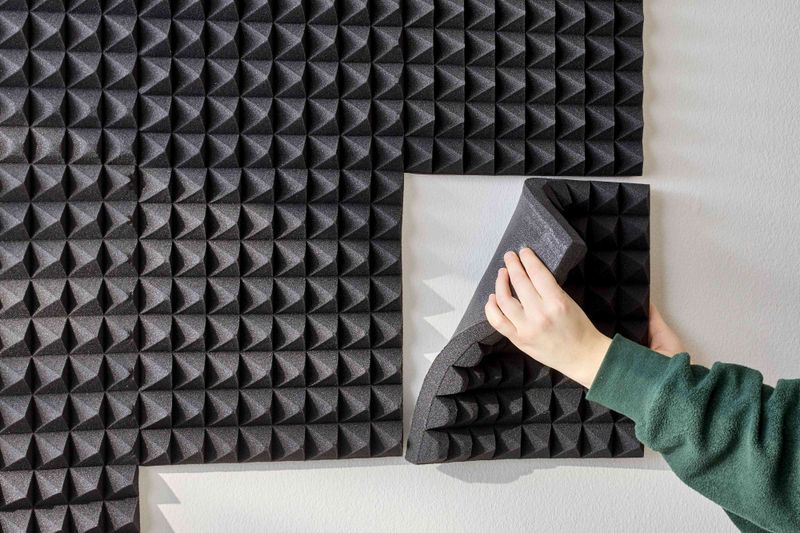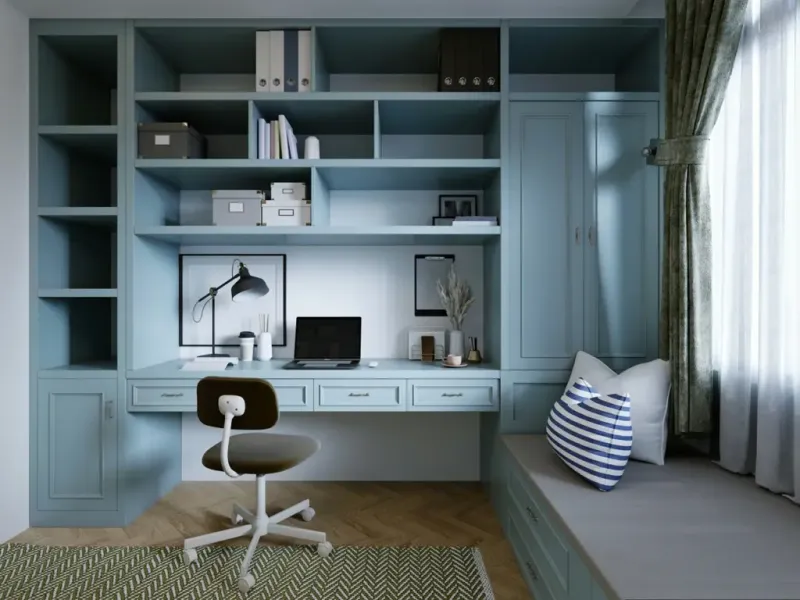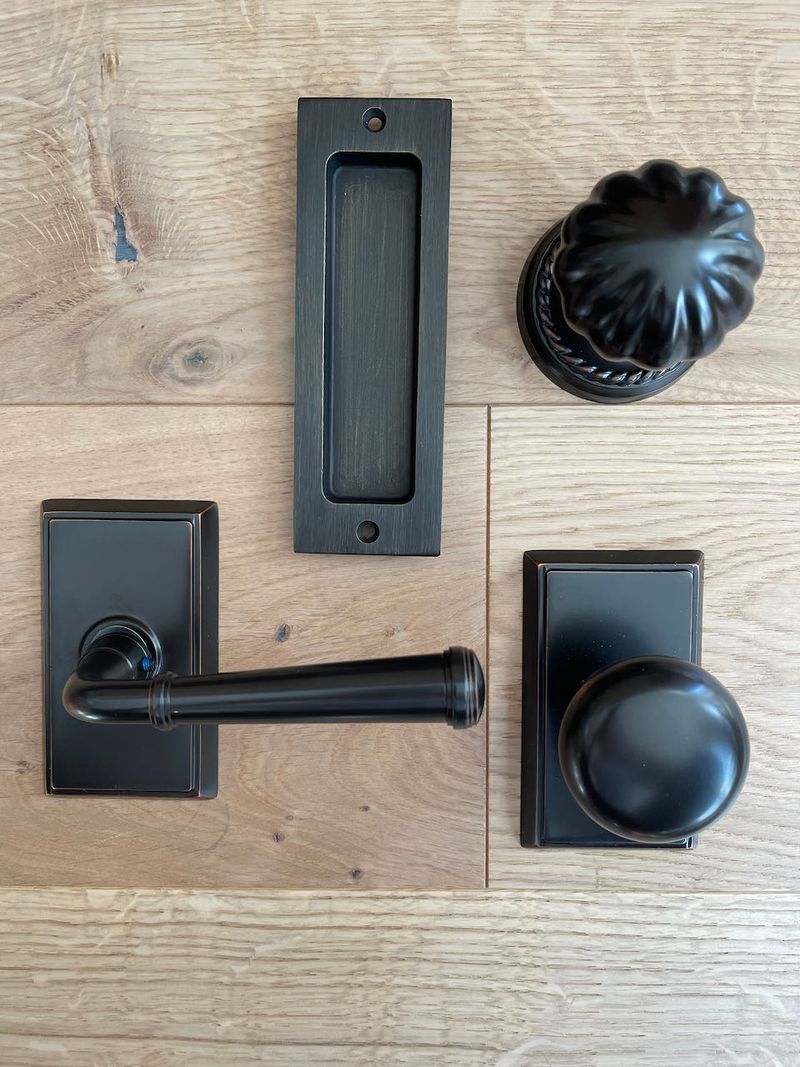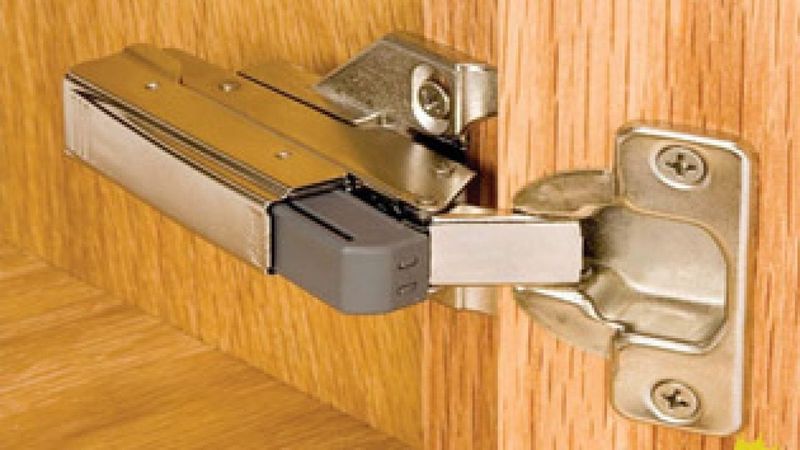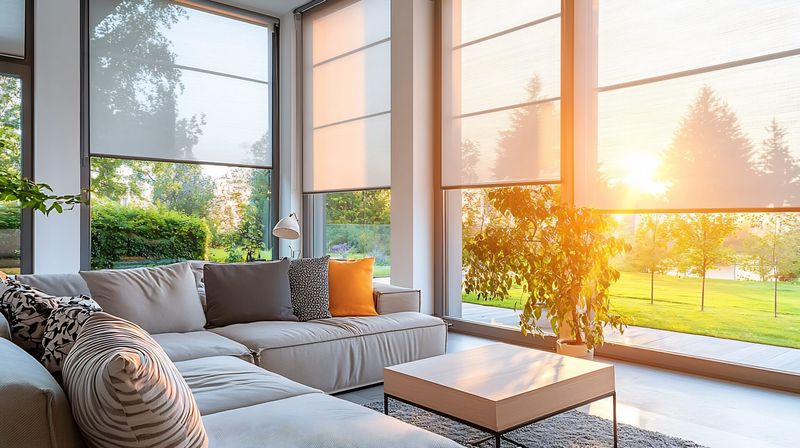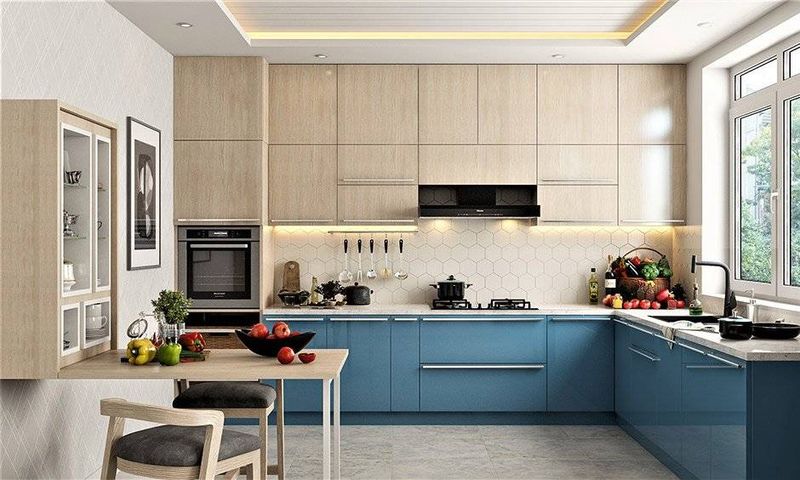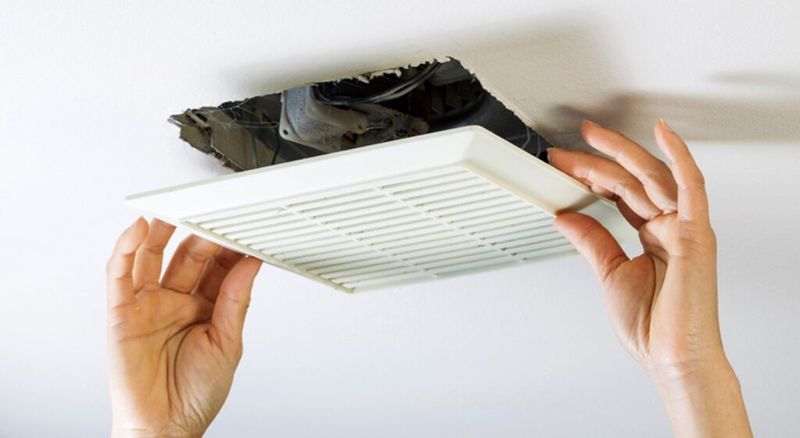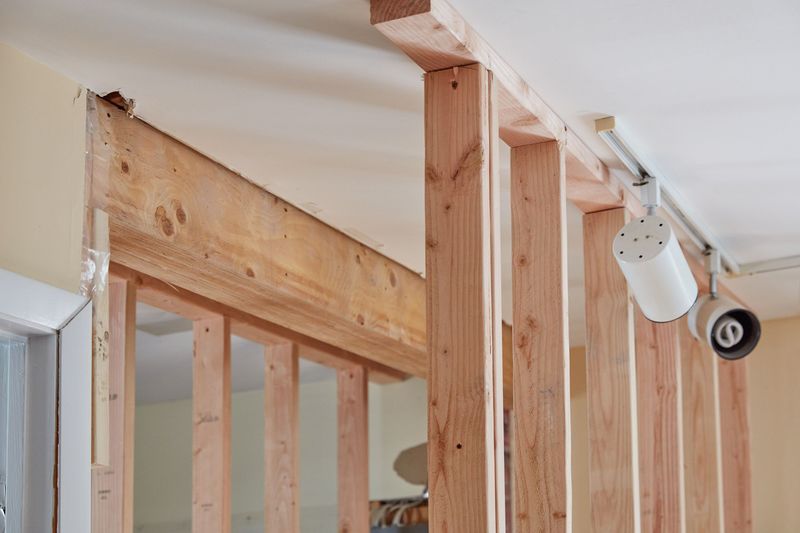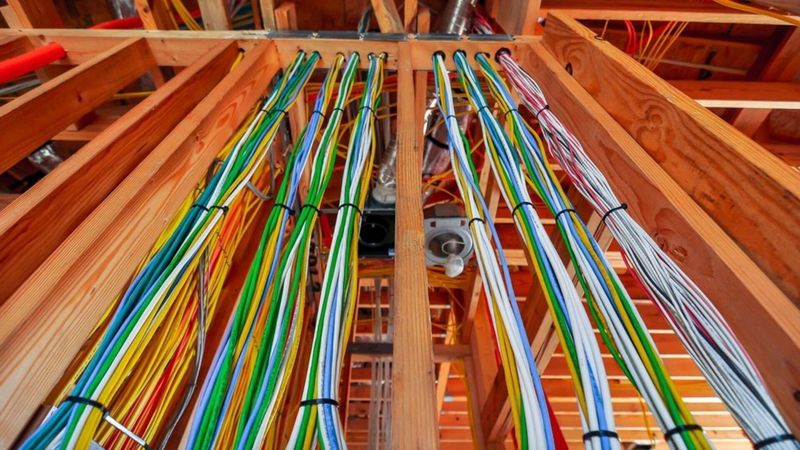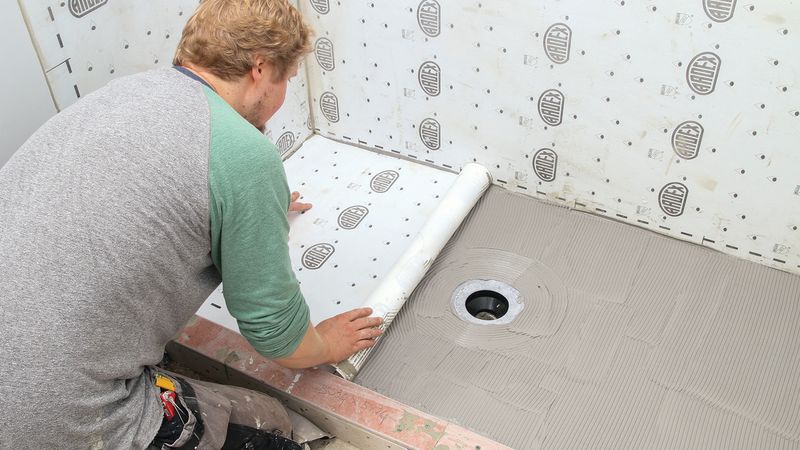Renovation regrets don’t always show up right away, but once they do, they stick. That missing outlet, the cheap cabinet hardware, the lighting you thought would be “good enough.”
It’s the little things that start to bug you after the dust settles and the paint dries. The details that felt skippable in the moment often turn out to be the ones you wish you’d splurged on or planned for.
These are the most common missteps homeowners look back on and wish they’d done differently.
1. Proper Lighting Plan
Ever walked into a beautifully renovated room that somehow feels like a cave? Without a comprehensive lighting strategy, even gorgeous spaces fall flat.
Layering different types of lighting—ambient, task, and accent—creates depth and functionality that a single overhead fixture simply can’t deliver. Many homeowners focus on decorative fixtures while neglecting the science of illumination.
2. Durable Flooring Selection
That gorgeous white marble might look stunning in design magazines, but will it withstand your rambunctious pets and red wine spills? Choosing flooring based solely on aesthetics is a classic renovation misstep.
Your floors take daily abuse from foot traffic, furniture movement, and spills. While budget-friendly options might seem appealing initially, they often lead to premature wear and costly replacements down the road.
3. Quality Insulation Installation
Behind those freshly painted walls lies an invisible component that affects your comfort every single day. Skimping on insulation might save a few dollars during renovation, but you’ll pay for it with every energy bill.
Beyond temperature control, proper insulation creates a sound barrier between rooms and reduces outside noise. When walls are already open during renovation, adding quality insulation is one of the most cost-effective improvements you can make.
4. Effective Soundproofing Measures
Imagine relaxing in your beautifully renovated space while hearing every toilet flush and conversation from adjacent rooms. Sound travels in mysterious and frustrating ways through modern open-concept homes.
Acoustic considerations often fall by the wayside during renovations. Simple solutions like insulating interior walls, using solid-core doors, and installing sound-dampening underlayment beneath flooring can dramatically improve your daily living experience without breaking the budget.
5. Adequate Storage Solutions
Where will all your stuff go? This fundamental question often gets lost amid discussions about backsplash tiles and paint colors. Without thoughtful storage planning, even the most beautiful renovation quickly becomes cluttered and dysfunctional.
Custom built-ins, closet systems, and hidden storage opportunities should be identified early in the design process. Remember that clever storage solutions aren’t just practical—they can become distinctive design features that add character and value to your home.
6. Quality Hardware Investments
You touch them every day, yet doorknobs, drawer pulls, and cabinet hinges are frequently downgraded to meet budget constraints. These seemingly minor details actually make a significant impact on your daily interaction with your home.
Bargain-bin hardware not only looks cheap but feels flimsy and fails prematurely. Quality pieces operate smoothly, resist tarnishing, and maintain their appearance despite constant handling. Think of hardware as the jewelry that completes your renovation’s outfit.
7. Soft-Close Drawer Mechanisms
Morning coffee hasn’t kicked in, and BANG—another drawer slammed shut! Small details like soft-close mechanisms make a surprisingly big difference in daily living comfort.
The technology has become affordable enough that skipping it during a renovation makes little sense. Beyond the peaceful sound environment, these mechanisms reduce wear on cabinetry and prevent pinched fingers. Your future self will thank you for this small but significant upgrade.
8. Energy-Efficient Windows
Gazing through beautiful new windows while literally watching your heating dollars escape is a common renovation regret. Window technology has advanced dramatically, yet many renovators choose standard options to save upfront costs.
Modern energy-efficient windows with low-E coatings and proper installation can reduce energy bills by 15% or more. They also filter harmful UV rays that fade furniture and flooring. When walls are already open during renovation, upgrading to quality windows delivers exceptional long-term value.
9. Under-Cabinet Lighting
Chopping vegetables in your shadow is both frustrating and potentially dangerous. Under-cabinet lighting transforms kitchen functionality yet frequently gets eliminated when renovation budgets tighten.
Beyond practical task lighting, these fixtures create ambiance as evening accent lighting. LED options have become incredibly affordable, energy-efficient, and simple to install during renovations.
10. Heated Bathroom Floors
Winter mornings become significantly less painful when your bare feet meet warm tile instead of ice-cold ceramic. Radiant floor heating sounds like a luxury until you experience life without it after your bathroom renovation.
Installation is relatively simple when floors are already being replaced. The thin electric mats add minimal height to your floor assembly and operate for pennies a day. This small upgrade delivers outsized comfort benefits that homeowners consistently rate as their favorite renovation splurge.
11. Water-Resistant Materials
Moisture is the silent enemy of beautiful renovations. Standard drywall near showers, regular wood flooring in mudrooms, and ordinary paint in high-humidity areas all invite premature deterioration and costly repairs.
Water-resistant alternatives like cement board, luxury vinyl plank, and mildew-resistant paint formulations cost marginally more during renovation. The investment pays dividends through extended durability and reduced maintenance, particularly in bathrooms, laundry rooms, and entryways.
12. Proper Ventilation Systems
Steamy mirrors, lingering cooking odors, and musty basement smells signal ventilation problems that many renovations fail to adequately address. Proper air exchange is crucial for both comfort and structural longevity.
High-performance, quiet exhaust fans in bathrooms and kitchens prevent moisture damage and improve air quality. Whole-house ventilation solutions become even more important as homes become better sealed against the elements.
13. Structural Improvement Opportunities
While walls are open during renovation is precisely when addressing structural issues becomes most cost-effective. Yet many homeowners focus exclusively on surface aesthetics, missing the chance to fix sagging floors, inadequate support beams, or outdated wiring.
Strengthening floor joists, adding support columns, or upgrading electrical panels might not deliver immediate visual gratification. However, these improvements provide peace of mind and prevent future disruptions to your newly renovated spaces.
14. Future-Proof Wiring Infrastructure
Remember when nobody needed internet cables? Technology evolves rapidly, making today’s state-of-the-art systems tomorrow’s obsolete curiosities. Smart renovations include infrastructure for technologies that haven’t even arrived yet.
Conduit pathways between floors, extra electrical capacity, and strategically placed access points allow for easier future upgrades. While wireless technologies continue advancing, hardwired connections still offer superior reliability for critical systems and entertainment setups.
15. Thorough Surface Preparation
Rushing through prep work is tempting when you’re eager to see finished results. However, those beautiful new finishes will quickly reveal every shortcut taken beneath them.
Proper surface preparation—whether sanding woodwork, leveling floors, or priming walls—determines how well materials adhere and how long they last. What looks like unnecessary labor actually forms the foundation for lasting quality. Many renovation regrets stem from this invisible but critical phase.
16. Comprehensive Waterproofing Systems
Water finds every weakness, making thorough waterproofing crucial in bathrooms, basements, and exterior connections. A beautiful shower renovation quickly loses its charm when water seeps through inadequately sealed surfaces into surrounding structures.
Modern waterproofing systems include multiple defense layers rather than relying on a single barrier. Skipping these comprehensive approaches to save money inevitably leads to expensive repairs that disrupt your newly renovated spaces.

